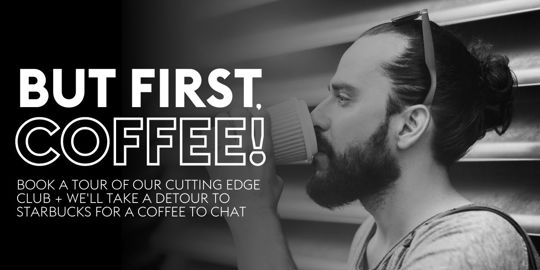If you find yourself out of breath too soon while running and think it’s because you’re ‘unfit’, stop right there. Most runners, regardless of their ability, don’t realise that breathing techniques matter! Especially when it comes to maximising your running performance.
It is vital that you tune with your breath and pay close attention, especially if you want to take it up a notch. Controlling your breathing ultimately brings in more oxygen, which has a massive positive impact on your performance all round.
But we breathe in and out all the time! Why is it so hard when we run?
Your muscles and respiratory system need more oxygen to function and produce more energy when you take part in strenuous activities such as running, which requires them to work harder. This increase in demand, alongside having to remove the buildup of carbon dioxide, can make it feel tough to catch your breath, especially if you’re pushing your limits.
Diaphragmatic breathing
Shallow chest breathing makes running harder than it needs to be so the key to endurance is diaphragmatic breathing (also known as belly breathing). Deep breathing strengthens your abdominal muscles (that support breathing), allowing you to pull in more oxygen, resulting in you feeling less fatigued and having better stamina over long distances.
How?
Practice makes perfect, right? Get a feel for this technique before you take it outside:
Lying down on your back, place one hand on your chest and one on your belly. Breathe in deeply through your nose so that your belly rises while your chest stays still. As your stomach expands, push your diaphragm down and out, and once you are comfortable with this, start to lengthen your exhales so they become longer than your inhales. Doing this in 5 minute sessions, daily, over a few days when you are starting out, will help massively.
Rhythmic breathing
Using a rhythmic breathing pattern such as 3:2, where you inhale for three steps and exhale for two, helps distribute impact forces evenly across both sides of your body. Alternating exhales between your right and left foot can also prevent muscular imbalances. Exhaling fully gets rid of carbon dioxide buildup, which can make you feel out of breath faster.
Nose or mouth?
When going for a moderate run, nasal breathing is considered beneficial, as it helps to filter air, regulate your temperature and potentially improve your breathing efficiency at lower exertion levels.
For higher intensity runs, mouth breathing is recommended as it allows you to take in more oxygen, fast!
Mouth breathing also helps to relieve tension and tightness in your jaw, which can help you to relax your face and body when running… and from the outside, this may even make it look like you enjoy running too! Bonus!
Form
Maintaining a good posture when you run will support healthy, efficient breathing. To do this. Keep your head in line with your spine - making sure it doesn’t drop down, relax your shoulders - away from your ears, and avoid slouching forward excessively.
Looking straight ahead and keeping your arms relaxed with a slight bend in the elbows whilst engaging your core will also help.
Feeling out of breath?
If you take off for a run and start to feel like you’re struggling to breathe, then you might be pushing yourself to your max. Rather than stopping and quitting, slow down into a jogging pace - something a bit slower, where you can hold a conversation comfortably.
If you need to walk for a bit and shake out your limbs, do it!
Because ultimately, your body getting sufficient oxygen during your run is all that matters.
Happy breathing!


